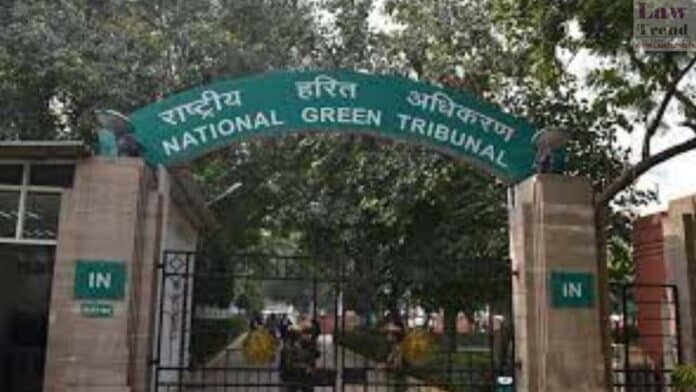The National Green Tribunal has directed the Hamirpur Municipal Corporation (HMC) in Himachal Pradesh to clear the entire 10,000 metric tonnes of legacy waste accumulated at the Dughneri site by February 10, 2026.
A two-member bench comprising Justice Prakash Shrivastava (Chairperson) and Expert Member A. Senthil Vel issued the order while disposing of a plea titled Rita Sharma and Others vs State of Himachal Pradesh. The order, passed after the last hearing on October 17, was made available on Wednesday.
The tribunal recorded that HMC Commissioner Abhishek Garg had submitted a written undertaking assuring that the entire legacy waste would be cleared by the stipulated deadline. Garg also undertook to ensure separate allocation for fresh and legacy waste, prevent any new pile-up except under extreme weather conditions, and complete the clearance by February 10, 2026.
The bench noted that despite previous directions, only a small portion of the waste had been remediated so far. The municipal body had earlier filed an affidavit detailing its execution plan, which involved processing about 17 metric tonnes of waste per day through composting, bio-methanation, piggeries, and dry waste segregation. The plan also included measures to prevent generation of fresh legacy waste.
The HMC proposed using two separator machines with a combined capacity of 200–250 metric tonnes per day for processing the existing legacy waste. Recyclable materials would be sent to authorised recyclers, Refuse-Derived Fuel (RDF) fractions to paper mills, and inert waste for landfill cover.
The corporation also said it would install new compost pits, overhead sheds, and leachate management systems, along with augmenting the power supply at the site to support the operation.
The tribunal directed the Himachal Pradesh State Pollution Control Board to conduct an inspection of the Dughneri site immediately after the February 10, 2026 deadline to verify compliance.
The NGT’s order emphasises the urgent need for full remediation of the site and compliance with statutory solid waste management norms, warning that prolonged inaction on legacy waste poses serious environmental and public health concerns.




